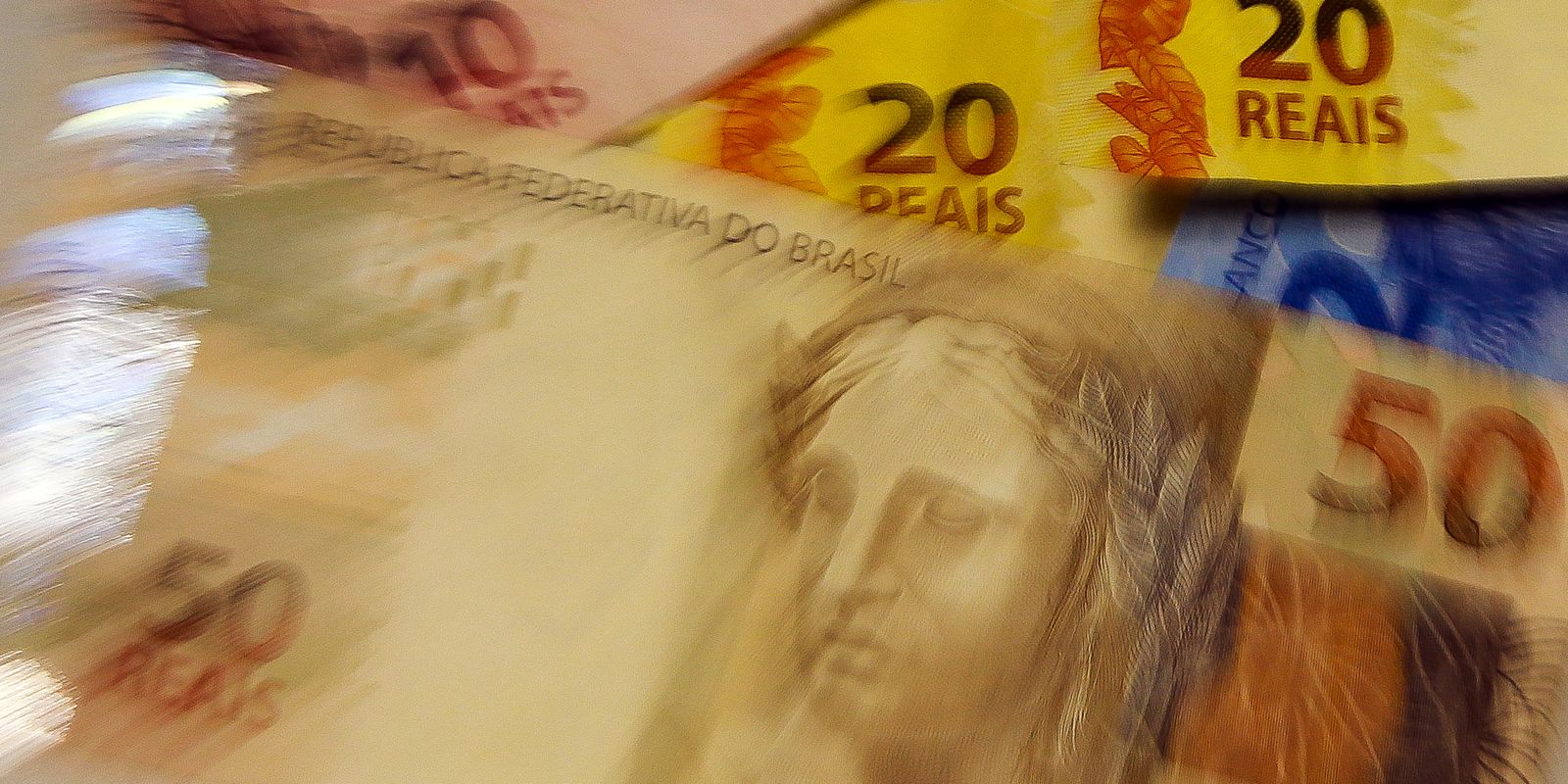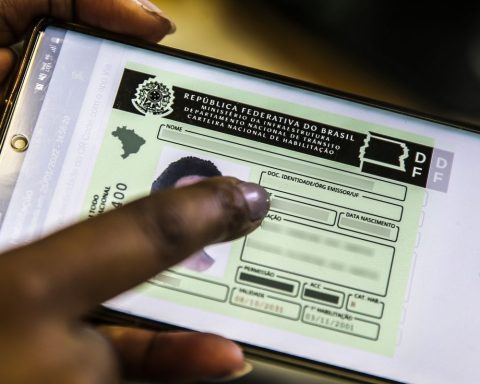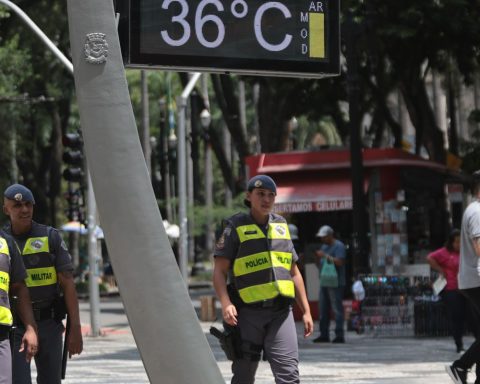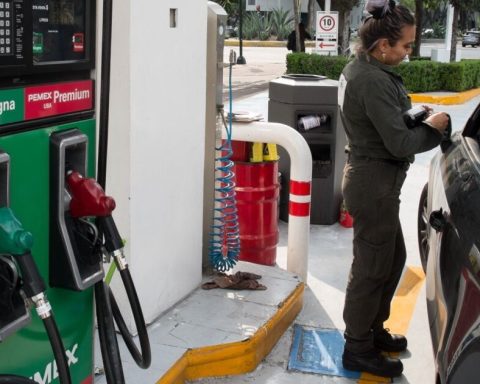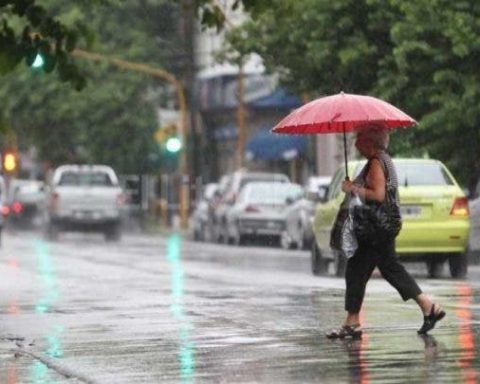With the growth in collections and the reduction in expenses generated by the covid-19 pandemic, the Central Government, made up of the National Treasury, Social Security and Central Bank, registered a surplus of R$ 28.195 billion in October. This was the biggest positive result for the month since October 2016, when a primary surplus of BRL 51.756 billion (adjusted for inflation) was registered. The information was released today (29) by the National Treasury Secretariat.
The primary result is formed by income minus expenses, excluding interest expenses.
In October of last year, the Central Government registered a deficit of R$ 3.783 billion (adjusted for inflation). According to the Treasury, in October 2021 compared to the same month last year, there was a real increase (discounted for inflation) of 5.9% (growth of R$ 8.7 billion) in net revenue and a real decrease of 15.4% (less R$23.3 billion) of total expenses.
“The decrease in primary expenditures in October 2021 compared to the same month of the previous year was mainly influenced by the reduction in expenditures in response to the socioeconomic effects of the crisis caused by covid-19”, says the National Treasury report.
Extraordinary credits and financial support to states and municipalities decreased by R$22.8 billion and R$4 billion, respectively, when compared to October 2020. On the other hand, in that month of 2020, R$ was returned to the Union. $6.8 billion earmarked for the Emergency Jobs Support Program (Pese), an unparalleled event in October 2021, the Treasury added.
With the October number, the result accumulated in ten months totals a primary deficit of BRL 53.404 billion, against a negative balance of BRL 767.421 billion (value corrected for inflation) in the same period of 2020. This was the smallest accumulated negative result in January to October since 2015, when it totaled R$51.587 billion.
Goal
For this year, the Budget Guidelines Law (LDO) sets a deficit target of BRL 247.1 billion for the Central Government, but a bill approved at the end of April allows for the reduction of the target of up to BRL 40 billion in spending with the confrontation of the covid-19 pandemic.
Public debt
The National Treasury also released the Public Debt Projections Report today. According to the report, the General Government Public Debt (DBGG) should close 2021 with a drop of more than 8 percentage points of GDP (Gross Domestic Product – sum of all goods and services produced in the country) compared to 2020, “what shows an important reversal of the increase registered in the previous year as a result of the drop in revenue and of the fiscal measures to fight the covid-19 pandemic”.
The forecast is that DBGG ends 2021 at 80.6% of GDP. “From 2022 onwards, a gradual reduction in this indicator is expected, which would reach a level of 76.6% of GDP in 2030. This trajectory is basically the result of the effect of nominal GDP growth and the expected primary surpluses from of 2024”.
